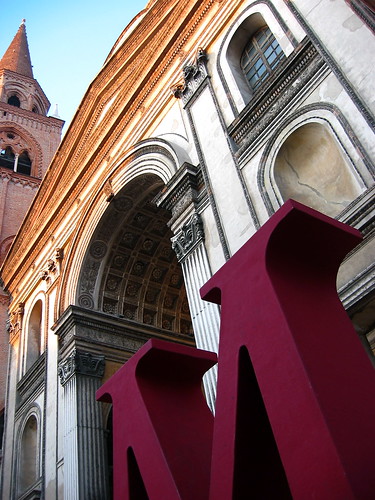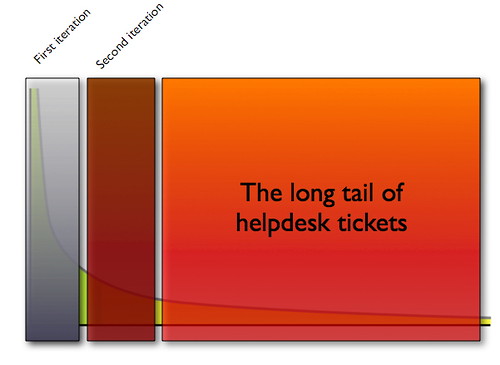Today’s been really tough. Francesca just fell asleep and I’m here on the couch watching C.S.I. Miami with my wife laying here beneath; this after 12 hours of meetings, analysis, chats, phone calls, emails, emails, emails, cooking and, last but – really my friends – not least, baby care.
One of my memes says that the higher the quality of your network, the brighter your future. It’s now something like 5 years I’m subscribed to Linkedin, so I should be accustomed with the 6 degrees law (actually Linkedin service is based on just 3 of these degrees).
Sais this, I am always impressed when this law suddenly manifests in front of me.
1) Today I had lunch with some people from Maggioli to discuss about our businesses in Second Life (they publish two magazines on the Virtual World); just before this I discovered that one of the two guys is in business with Gabetti’s investor relations consultant; which, by the way, is the same person who introduced me to Poligrafica S. Faustino (and this introduction eventually led to the Franciacorta Festival on the Gabetti Island). Networking at its best!
2) The other day my wife was travelling to Merano with some colleagues to attend a company marketing event; one of these colleagues started telling about one of his high school fellows that started a successful niche business… and then suddenly my wife realized he was talking about our friend Alex; he was at his wedding too (but we hadn’t met). She worked more then 3 years with him without knowing we had a friend in common.
3) Today I was taking a look at Linkedin managers profiles. Looked at its founder’s and suddenly noticed that I’m just one degree away from him. Me, this humble Italian guy. Not bad, huh?
Three different examples of how this world is getting smaller and smaller. And this networking effects are simply exploding since the birth of the web. Impressive.
Oh, and if you like you can take a look at my Linkedin profile.


